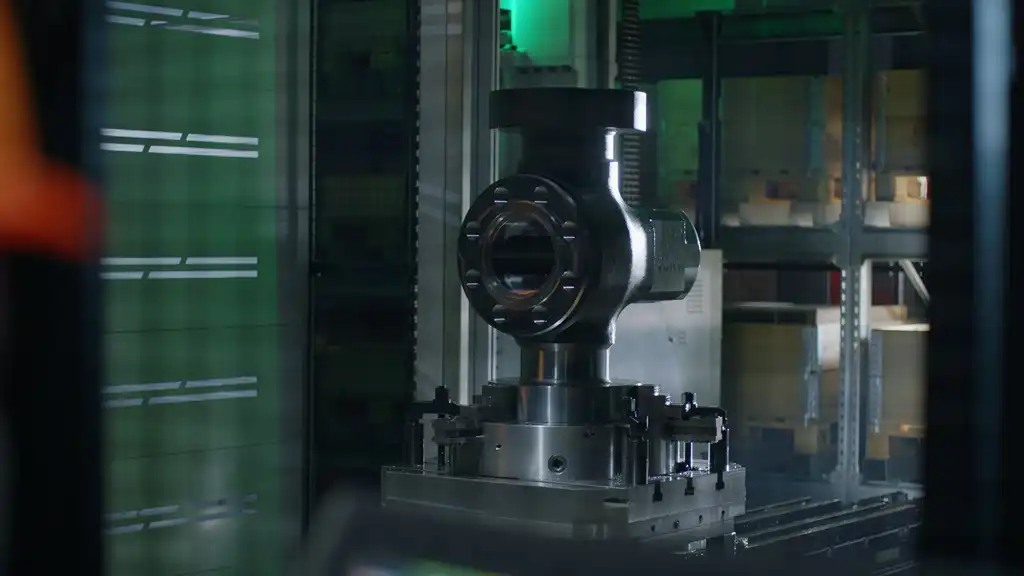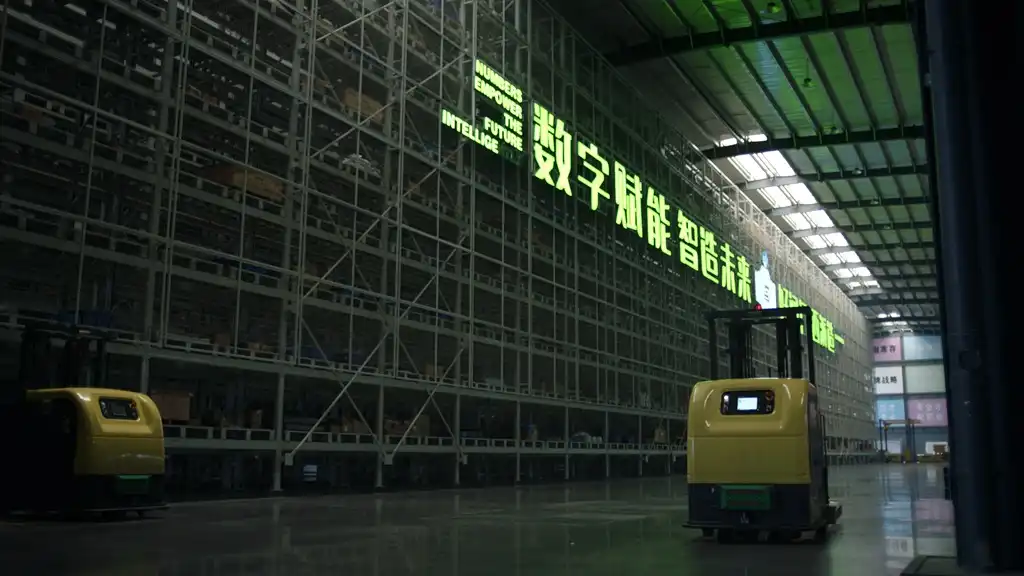Control Valve vs Solenoid Valve - Which Fits Process Automation Systems?
When it comes to automating a process, picking the right valve system can make or break how well it works. A control valve or a solenoid valve should be chosen based on the need for accuracy, flow control, and the type of application. Control valves are great for systems with constant or changing flow that need to be fine-tuned over time. Solenoid valves, on the other hand, are used in devices that need to turn on and off quickly. It breaks down the main differences so you can choose the one that works best for your programming needs. It's important to make the right choice whether you're running big oil and gas equipment or small pipes.

Understanding the Fundamental Functions: Control Valve vs Solenoid Valve
It's not just a matter of technicality when deciding between a control valve and a solenoid valve; it has safety, upkeep costs, system performance, and the ability to use energy efficiently. Let's look at what each type does best, how it works, and what its main tasks are.
Functionality and Working Principle
By changing the size of the holes, control valves can precisely change flow, pressure, or temperature. A lot of the time, they come built with motors and positioners that make changes smooth and continuous. These valves are very important in processes where things are always changing, like processing oil or distributing gas.
On the other contrary, electromagnetic coils control solenoid valves so they only work in two states: "on" or "off." They work quickly and are great for systems that need to switch quickly, like safety shut-offs or fuel injection systems. They can't change the flow, though, so they can't be used for more complex management jobs.
Application Scenarios in Process Automation
Industries with a lot of workers, like oil, gas, and chemical plants, often use control valves to finetune their processes and make better products while using less energy. They are very useful in complicated setups because they can handle high pressure, high temperature, and changing flow conditions.
Solenoid valves work well in simple control systems like water treatment, HVAC, and low-pressure settings, even though they can't be adjusted very much. They are small, cheap, and easy to set up, but they aren't good for systems with changing demand like those in oil or underwater fishing.
Control Accuracy and Response Time
Proportional valves and smart controls in control valves make them accurate in real time. It is best to keep fluid systems balanced over longer periods of time because of their slow but steady reaction. The performance can be fine-tuned with digital or analog feedback loops.
Solenoid valves, on the other hand, have a reaction time of only a few milliseconds, which makes them great for safety shut-offs and tasks that need to be done quickly. Their all-or-nothing function, on the other hand, can't be used in systems that need to be very precise or flexible over time.
Installation, Maintenance, and Operational Costs
Choosing investments is more than just a matter of purpose. When choosing the right valve for your system, you need to think about operational costs, downtime, and how hard it is to maintain.
Installation and Compatibility
Control valves need to be installed by a professional because they are heavy-duty, need to be calibrated, and are connected to control systems. They work well for automated systems that need to be controlled in real time and pipeline equipment that is very complicated.
It's easier and less expensive to install solenoid valves, which makes them a great choice for simple piping systems. They are usually small and light, and their electrical hookups are easy enough that general repair staff can handle them.
Operational Lifespan and Downtime
Control valves have a long life because they are made of strong materials that can survive tough conditions. This is especially true if they are serviced frequently. Dependability and long-term success are musts in fields like oil and gas, where CEPAI works.
Solenoid valves are cheaper at first, but they often don't last as long, especially when they are used in harsh conditions. A lot of switches and coil burnout happen. This might be fine for systems with low loads, but not for ongoing high-value processes.
Maintenance Frequency and Troubleshooting
Control valves need to have their motors, seals, and settings checked and fixed on a regular basis. However, current clever systems can predict wear and tear and prevent breakdowns that aren't expected. This proactive approach is essential in oil drilling or gas transmission, where unplanned downtime is costly.
Because they are so simple, solenoid valves usually don't need much upkeep. However, they are more likely to break down in tough situations like high pressure, dust, or rust. Since they only open and close, fixing problems is easier, but they may need to be replaced more often.
Long-Term Performance, Scalability, and Reliability
As operations change, so must the technology used in process automation systems. It must be safe, scalable, and flexible in order to meet future needs. In this bigger picture, here's how control valves and solenoid valves work.

System Scalability and Future Expansion
Control valves can be changed in many ways, which makes them better for complicated systems that will be expanded in the future. You can choose from flexible designs and easily connect them to advanced control systems like SCADA or DCS.
Solenoid valves are used in systems that don't change much and don't need to grow. They work well for small, standalone automation units but not for systems that need to grow and need more advanced control logic and the ability to expand over time across networks.
Safety, Certification, and Compliance
When it comes to dangerous jobs like oil and gas, safety licenses are very important. CEPAI's control valves are made to strict standards like API6A, API6D, CE, and ISO9001, which makes sure they follow rules around the world. Their strong design supports systems that need to be safe, like those used in deep digging or underwater operations.
Many solenoid valves, on the other hand, do meet basic safety standards, but they might not be certified for use in dangerous areas or on important infrastructure. They work well for most tasks, but they aren't as well-suited for high-risk tasks that need careful quality control.
Return on Investment (ROI) and Cost Efficiency
Even though control valves cost more at first, they pay for themselves more quickly. Large factories and processing plants should buy them because they last a long time, use less energy, have less downtime, and can be changed to fit different needs.
For projects with small funds or short life cycles, solenoid valves may save money in the short run. In the long run, though, they may have to pay more for replacements that need to be done more often, energy spikes, or upkeep that needs to be done in less-than-ideal conditions.
Conclusion
When it comes to technology, control valves and solenoid valves are both useful, but they do very different things. Control valves are the best option if your system relies on accuracy, adaptability, and safety. One-way valves may be enough if you need quick reactions and easy control. For long-term dependability and performance, especially in oil and gas, control valves are still the best and most scalable choice.
FAQs
What's the main difference between a solenoid valve and a control valve?
Solenoid valves only open and close, but control valves change the flow all the time.
Cost more for control valves?
Yes, but they last longer and work better in systems with more moving parts.
In what fields do control valves are most often used?
Mostly oil and gas, handling chemicals, distributing water, and making electricity.
When the pressure is high, do solenoid valves still work?
No, solenoid valves don't work well in places with a lot of pressure or heat.
Can CEPAI give you both kinds of valves?
The main thing that CEPAI does is make high-tech control and adjusting valves for demanding uses.
How can I find out more or get a quote?
For more information on a product or to ask a question, email CEPAI at cepai@cepai.com.
Why Control Valves Offer the Ideal Solution for Your Process Automation Needs | CEPAI
We at CEPAI create and create smart flow control options that fit the complicated automation systems used in the oil and gas sector. We make and supply approved control valves that meet the greatest standards of quality and safety. Our certifications include API6A, API16C, and ISO. Our engineers make valves that can work well under pressure, don't wear out or rust, and make sure that every task is done precisely. CEPAI is the company you can trust if you want flexible, long-term robotic success with strong process control. Email us at cepai@cepai.com if you want to know more.

References
Petroleum Engineering Handbook, Society of Petroleum Engineers
Control Valve Handbook, Emerson Process Management Edition
Fundamentals of Industrial Control, Donald A. Coggan
Technical Report: Valve Applications in Petroleum Systems, American Petroleum Institute
IEC Standards for Flow Control Instruments
Journal of Process Control and Automation, Volume 82, 2023 Edition
_1746598538016.webp)
Get professional pre-sales technical consultation and valve selection services, customized solution services.

About CEPAI


